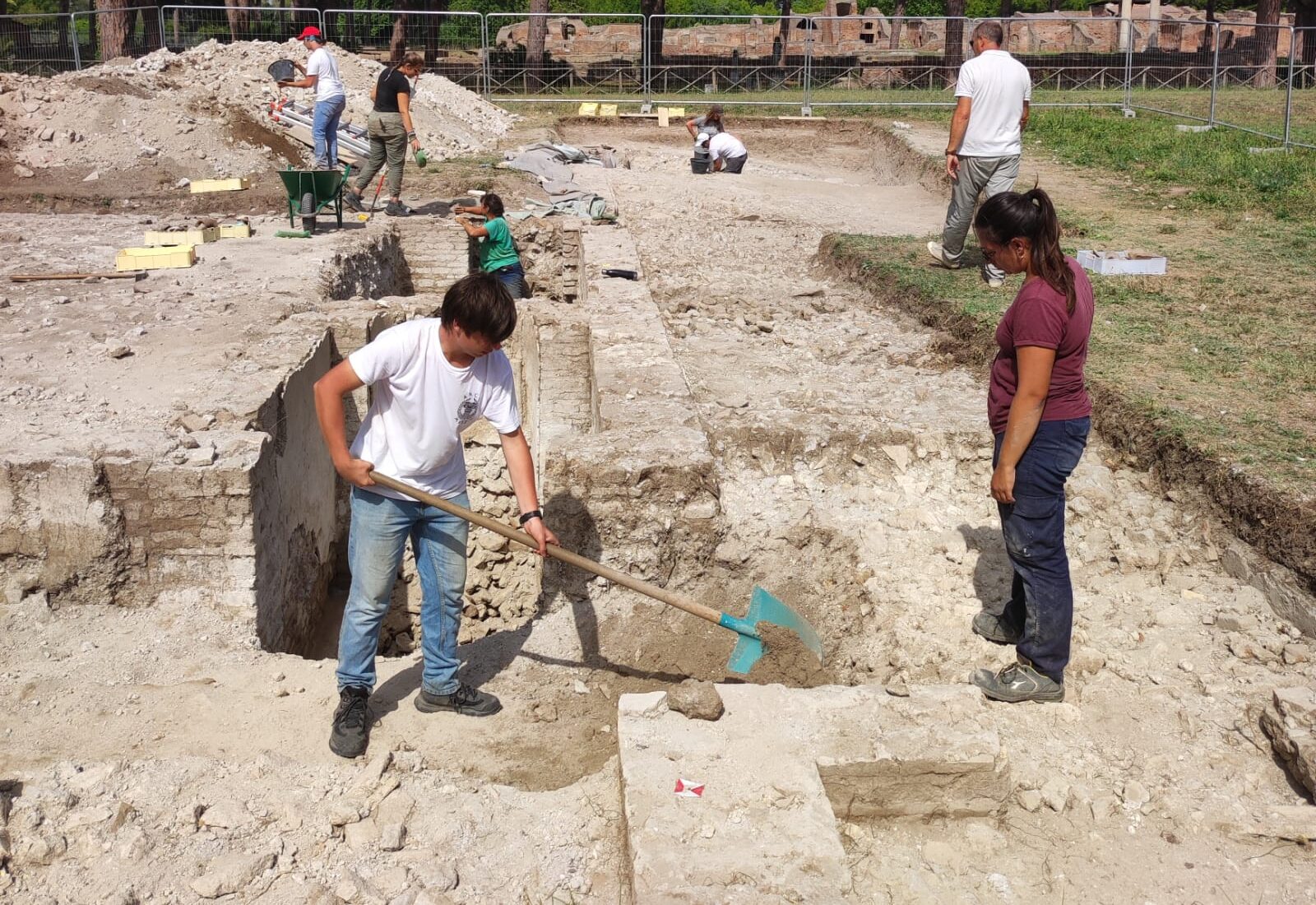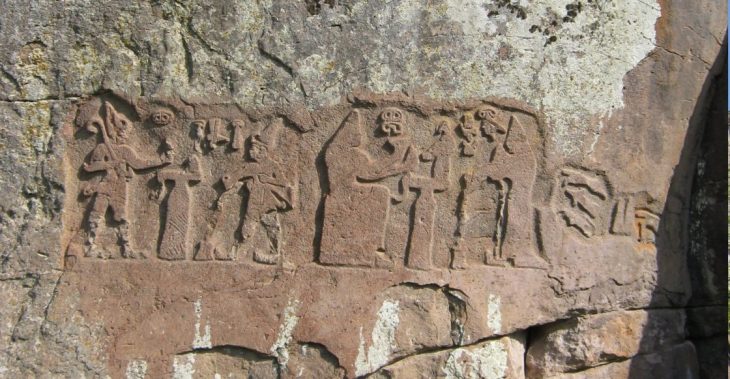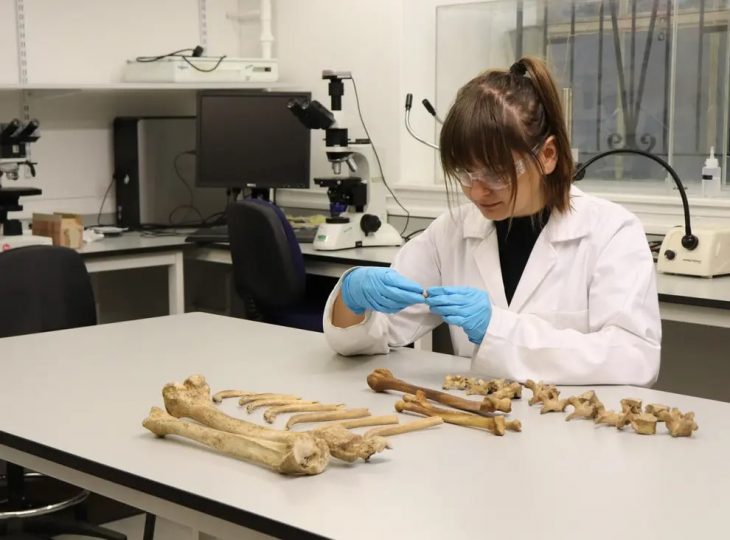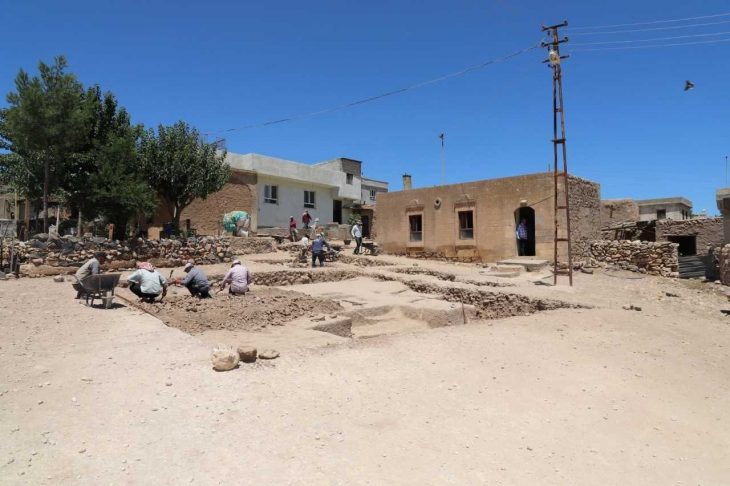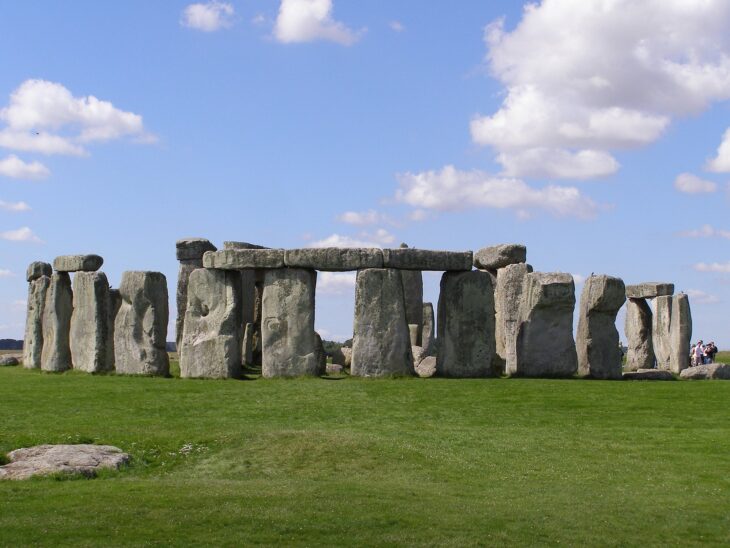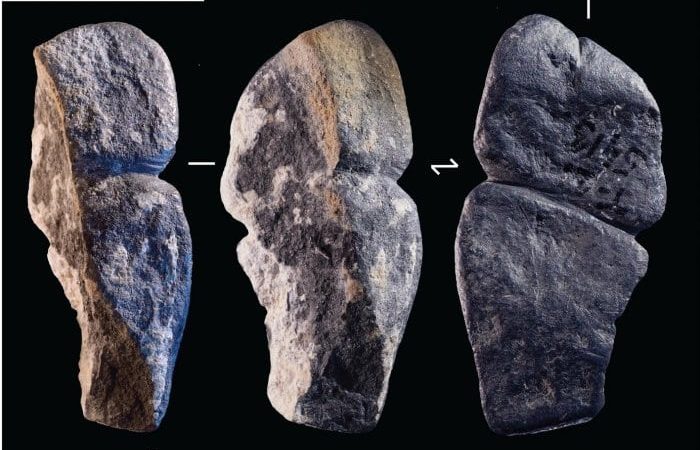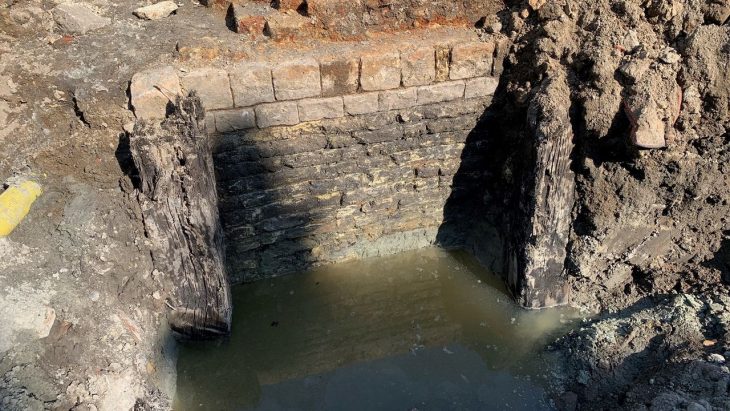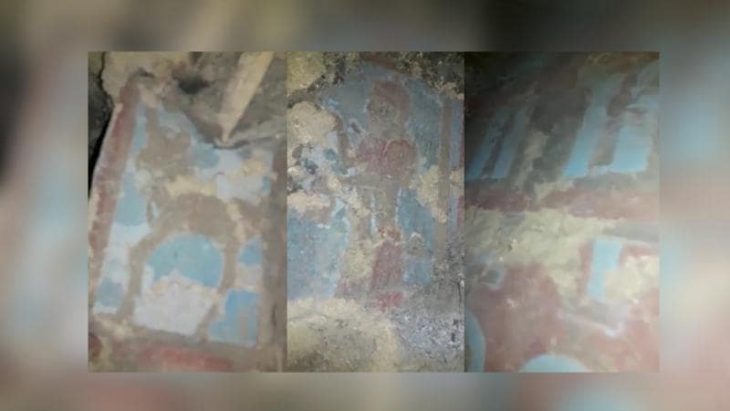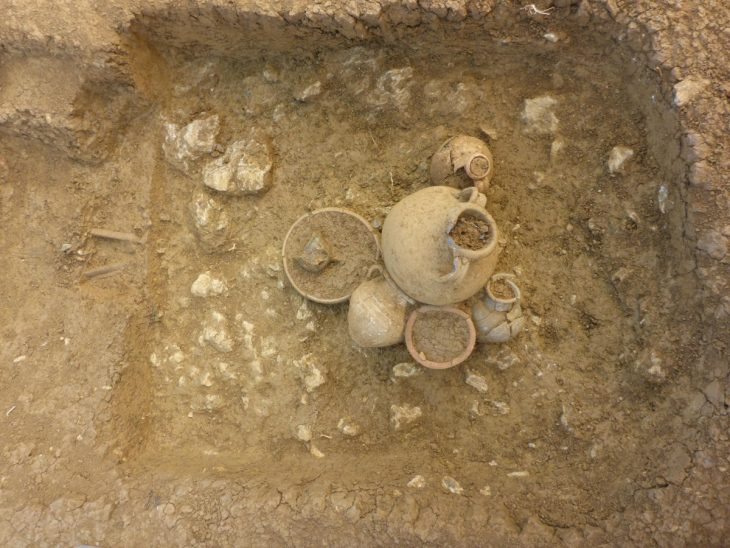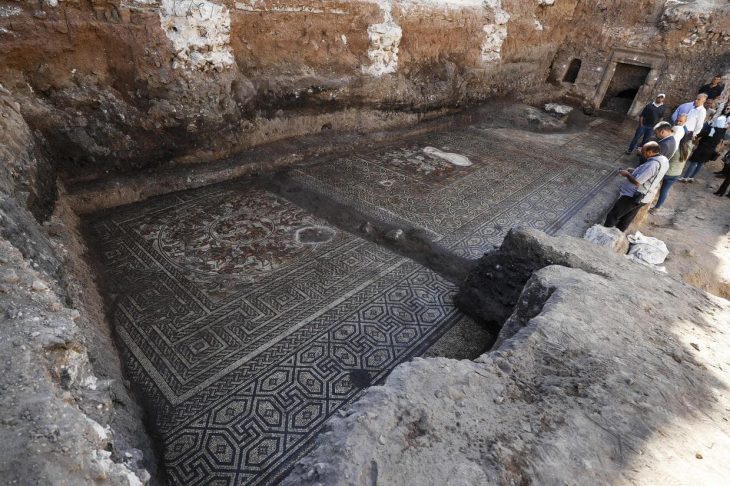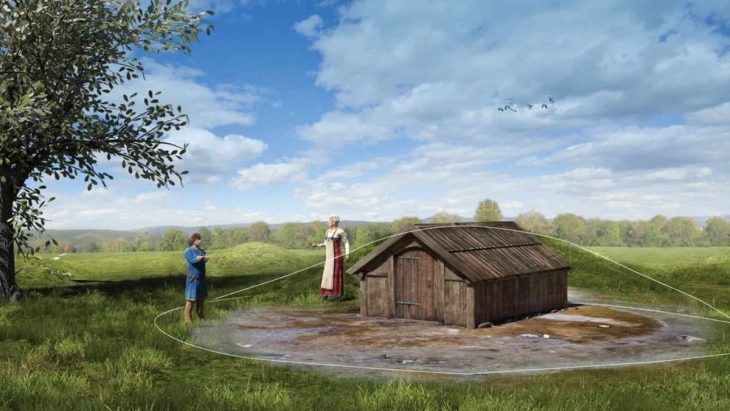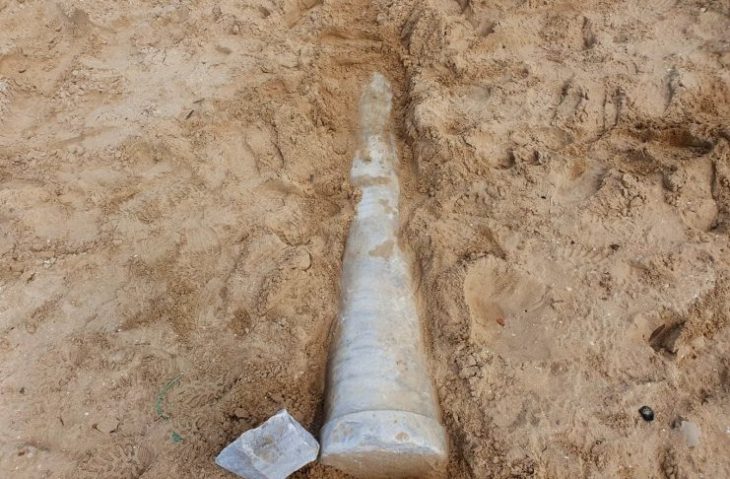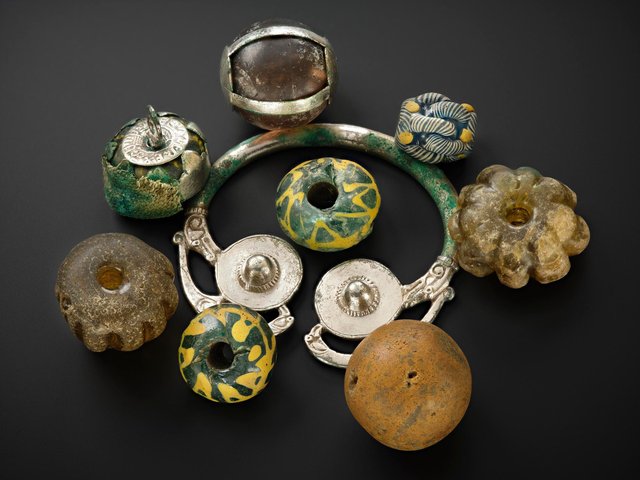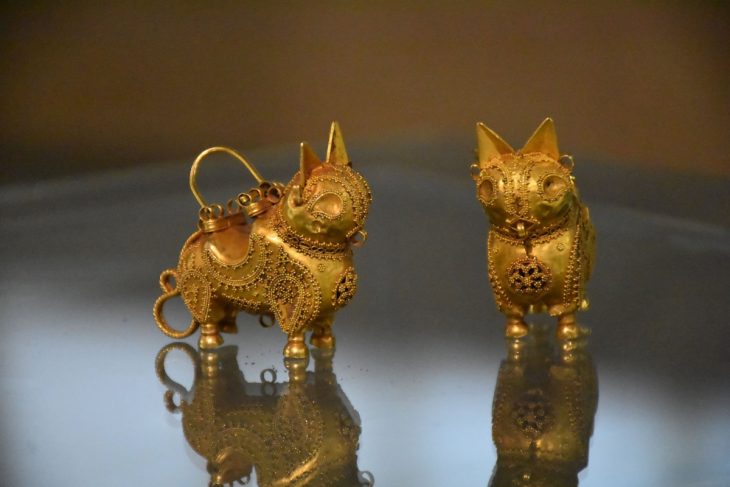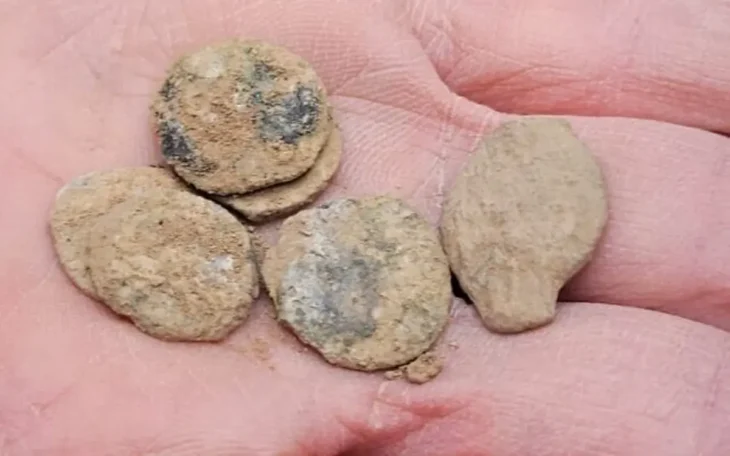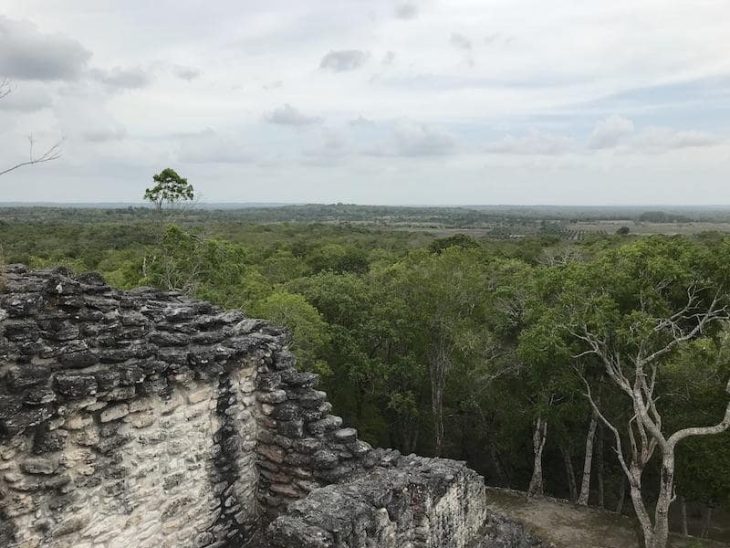In a remarkable archaeological discovery, researchers have unearthed a 1,600-year-old rare mikveh (ritual bath) and an ancient synagogue at the Ostia Antica archaeological park, located near Rome. This significant find reveals the vibrant Jewish life in ancient Rome and illustrates the cultural exchanges that thrived in this historic port city.
Professor Luigi Maria Caliò from the University of Catania in Sicily directed a dedicated team of archaeologists and students from his university in an excavation campaign as part of the OPS – Ostia Post Scriptum project. Together, they carefully explored different areas of the ancient commercial port, aiming to uncover discoveries of great historical significance.
The excavations, part of the Ostia Post Scriptum project funded by the Italian Ministry of Culture, have revealed a well-preserved mikveh, a significant artifact that sheds light on the Jewish community’s practices and traditions during the Roman Empire. The site, which has remained largely unexplored until recent years, is now recognized as a vital crossroads of cultural coexistence.
According to the press release from the Ostia Antica archaeological park, the mikveh was discovered within a large Roman structure, featuring an underground well likely used for ritual purification. Among the artifacts found were an oil lamp adorned with Jewish symbols, including a menorah and a palm frond, and a nearly intact glass goblet dating back to the 5th or 6th century CE. These items not only affirm the presence of Jewish rituals but also illustrate the intricate connections between Jewish and Roman cultures.
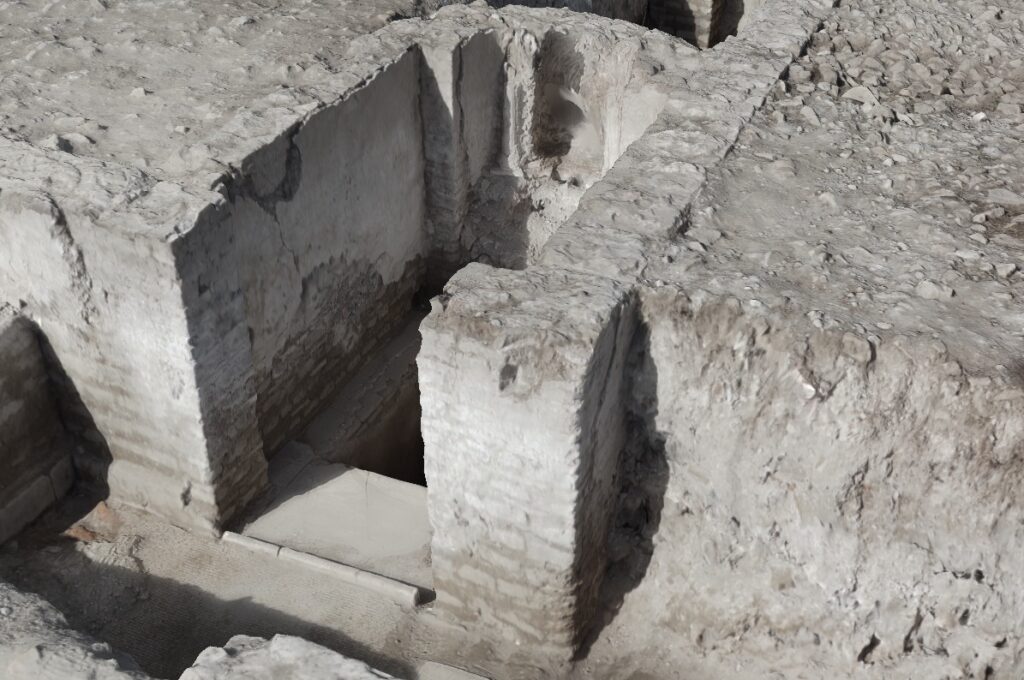
Italy’s Minister of Culture, Alessandro Giuli, emphasized the significance of this discovery, stating, “The ancient mikveh at Ostia Antica strengthens our historical understanding of this site as a true crossroads of coexistence and cultural exchange. It represents a unique aspect of the Roman period outside the land of Israel, showcasing the deep-rooted Jewish presence within Roman civilization.”
Rabbi Shmuel Riccardo Di Segni, Chief Rabbi of Rome’s Jewish community, expressed his enthusiasm for the find, noting its archaeological, historical, and ritualistic importance. “The history of the Jews of Rome is now enriched with another significant monument,” he remarked, highlighting the potential for further discoveries at the site.
Victor Fadlon, president of Rome’s Jewish community, hailed the find as “the oldest of its kind in the Diaspora,” generating excitement within the Jewish community and beyond. The ongoing excavations, led by Professor Luigi Maria Caliò from the University of Catania, aim to uncover more about this ancient Jewish communal center, with hopes of locating the synagogue that likely accompanied the mikveh.
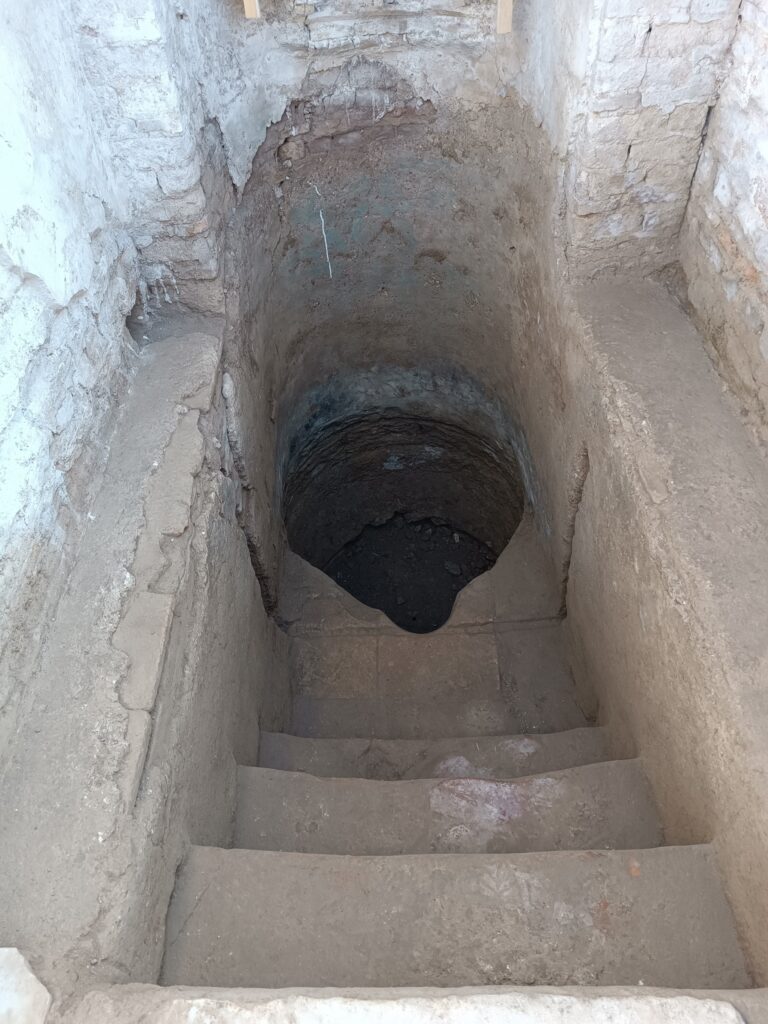
As archaeologists continue their work, the implications of this discovery extend beyond mere artifacts. It serves as a testament to the vibrant Jewish life that thrived in ancient Rome, challenging the notion that Jewish communities were isolated from the broader cultural landscape of the empire.
With plans to make the site accessible to the public soon, the Ostia Antica archaeological park stands poised to become a focal point for those interested in the intertwined histories of Jewish and Roman cultures, offering a glimpse into a past where different peoples coexisted and exchanged ideas in a melting pot of traditions. As excavations continue, the hope remains that even more treasures of this ancient community will be revealed, further illuminating the legacy of Jewish life in the heart of Rome.
Ostia Antica Archaeological Park
Cover Image Credit: Ostia Antica Archaeological Park

